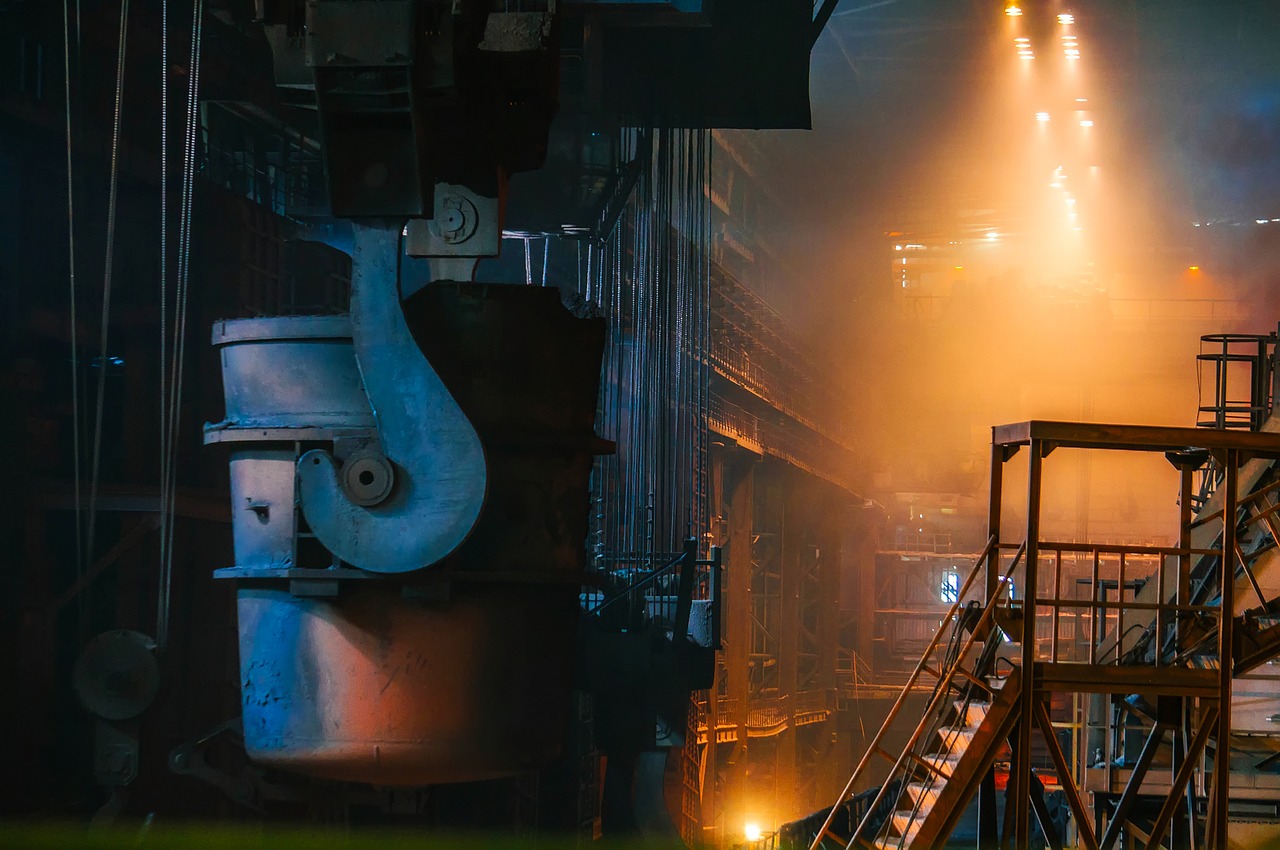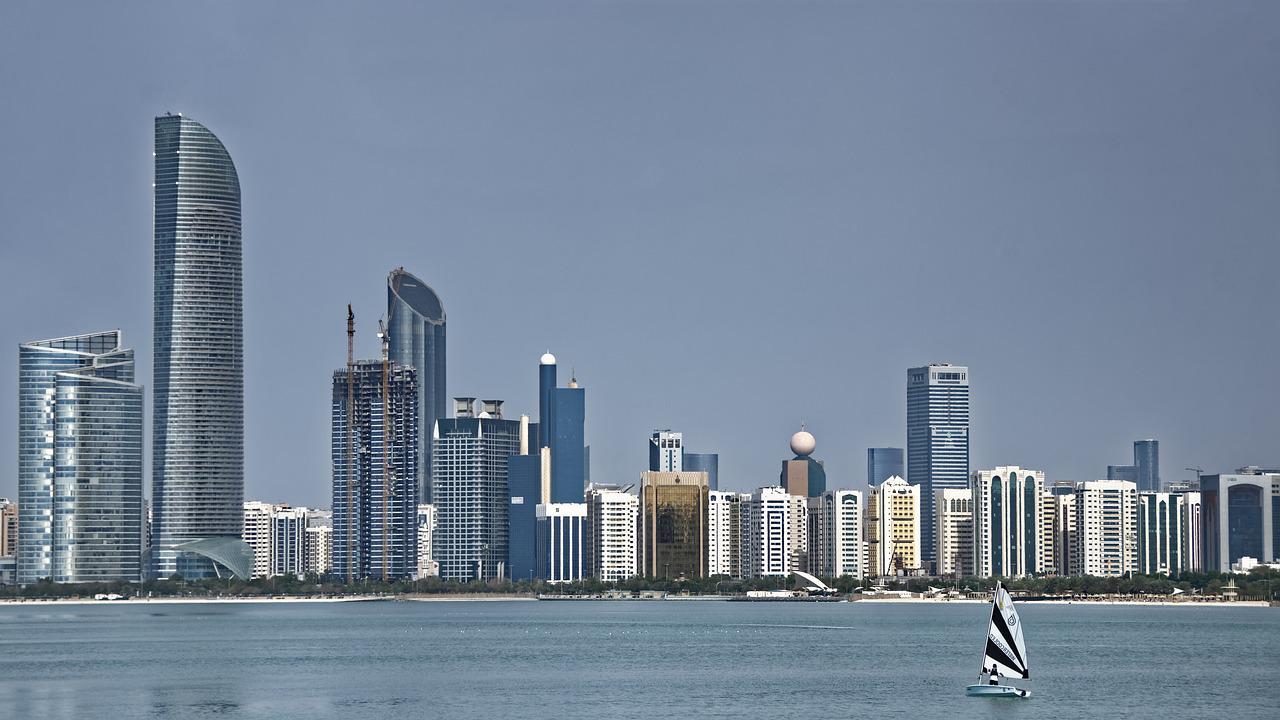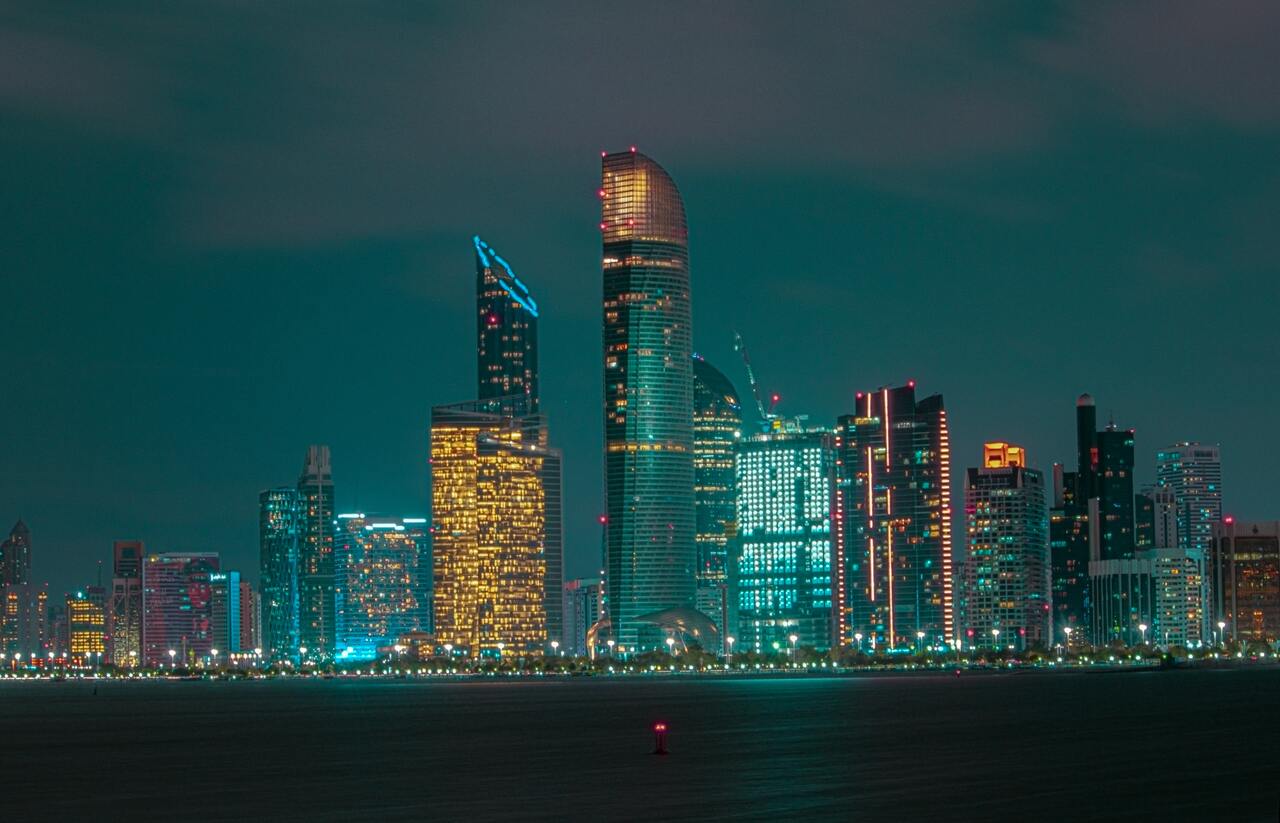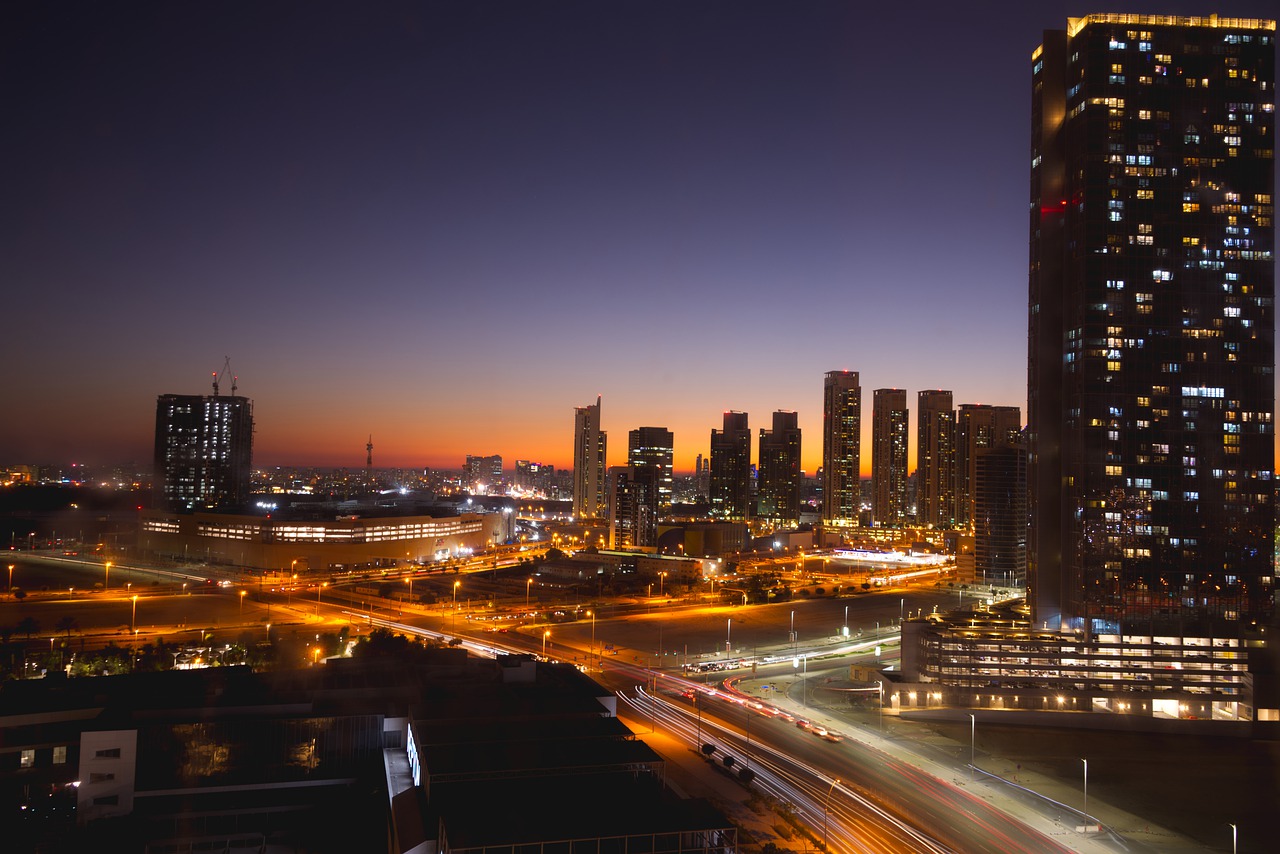Abu Dhabi has been the focal point of the manufacturing sector’s growth in the UAE for the past decade. The industrial sector has thrived in the strategic location of the city, and it has continuously seen growth in this segment since.
In 2020, despite the pandemic, investments in the city’s new industrial facilities reached more than $1 billion. 51 new facilities also started operating throughout that year. That number rose to 220 in 2021. The country’s state news agency reported that last year, the industrial sector of the UAE hit $33 billion worth of exports to foreign markets, making up 53% of the UAE’s total non-oil exports.
The government plans to boost the growth of the industry and manufacturing sector in Abu Dhabi. It is also expected to contribute $882 billion to the economy by 2031. How is the transformation of the manufacturing industry in Abu Dhabi helping the sector? What opportunities await businesses that plan to set up a manufacturing company in the city?
Abu Dhabi Vision 2030 and the Manufacturing Sector

Last year, the government announced Abu Dhabi Economic Vision 2030, the emirate’s economic development plan that aims to diversify its revenue sources away from the oil industry. The goal is to create a more sustainable and high-value-added economy that offers growth for everyone.
One of the key points of Vision 2030 is developing infrastructure to support economic activities. Given Abu Dhabi’s strategic location in the region, the establishment of industrial cities to support the manufacturing industry will give the sector more opportunities to expand.
Abu Dhabi has established itself as a prime location for operations for various multinational companies. Not only does it offer outstanding market access, its proximity to two seaports and three international airports, and high connectivity make it truly attractive for any manufacturing company that plans to establish a subsidiary in the Middle East.
Khalifa Industrial Zone Abu Dhabi (KIZAD) opened 10 years ago and is key to helping the UAE achieve economic diversification. By 2030, it is expected to contribute around 15% of Abu Dhabi’s non-oil GDP, adding up to 150,000 jobs at the same time. About 60-80% of goods manufactured in KIZAD will also be exported.
Realizing the Vision
With the continuing transformation of the manufacturing industry in Abu Dhabi, government policies enable businesses to find their footing in the region through the city. Reducing the cost of doing business in the KIZAD, low utility rates, and timely issuance of construction permits make it easy even for small and medium-sized enterprises (SMEs) to set up operations in Abu Dhabi.
Manufacturers of food, pharmaceutical products, petrochemicals, aluminum, and steel, among others, are among those that have thrived in KIZAD as the government introduced policies that promoted investment into the emirate. Both big industries and SMEs found success while operating in the hub.
Abu Dhabi is in a unique position in the Middle East and North Africa (MENA) region. Businesses that hope to find their market there are going to appreciate Abu Dhabi’s dedication to growing their manufacturing sector. Many opportunities await those who find their way to this city.
Discuss your needs with our teams



